Rotary Mowers Gearbox – Replacement of Comer Code LF-205J
A rotary mower gearbox is a device that transfers power from the engine to the blades of a rotary mower. It does this by using a series of gears to reduce the speed of the engine and increase the torque. Rotary mower gearboxes are an important part of the rotary mower system. Without a rotary mower gearbox, the blades would not be able to rotate at the necessary speed to do their job. Rotary mower gearboxes are typically maintenance-free. However, it is important to keep them clean and free of debris. If the gearbox becomes dirty, it can overheat and fail. It is also important to change the lubricant in the gearbox according to the manufacturer’s instructions.
Rotary Mower Gearboxes – Replacement of Comer Code LF-205J
A LF-205J rotary mower gearbox is a device that transfers power from the engine to the blades of a rotary mower. It does this by using a series of gears to reduce the speed of the engine and increase the torque. This allows the blades to cut through thick grass and weeds with ease.
Rotary mower gearboxes are typically made of metal and are housed in a sturdy case. They have a number of different components, including the input shaft, output shaft, gears, bearings, and seals. The input shaft is connected to the engine, and the output shaft is connected to the blades. The gears inside the gearbox reduce the speed of the engine and increase the torque. The bearings support the shafts and gears, and the seals keep lubricant inside the gearbox and contaminants out.
Rotary mower gearboxes are an important part of the rotary mower system. They provide the power and torque that are necessary to cut through thick grass and weeds. Without a rotary mower gearbox, the blades would not be able to rotate at the necessary speed to do their job. Rotary mower gearboxes are typically maintenance-free. However, it is important to keep them clean and free of debris. If the gearbox becomes dirty, it can overheat and fail. It is also important to change the lubricant in the gearbox according to the manufacturer’s instructions.
If you are experiencing problems with your rotary mower gearbox, it is important to have it serviced by a qualified technician. Do not attempt to repair the gearbox yourself, as this could void the warranty and could result in serious injury.
Specifications of Rotary Mower Gearbox LF-205J
This new rotary mower gearbox fits Comer finishing mower model LF-205J. The rotary mower gearbox ratio is 1:1.92. The input shaft is 1-3/8″ 6 splines. The output shaft is a clockwise rotation 1-1/4″ round shaft with a 1/4″ keyway. The rotary mower gearbox is rated at 30 hp at 540 rpm and has a CW (Counter-clockwise) rotation.
| Description |
Rotary Mower Gearbox Replacement of Comer Gearbox LF-205J (speed increasing)
|
|---|---|
| Application |
Mowers
|
| Consists of |
|
| Technical information |
|
| Max. input power |
22 kW
|
| Contains oil |
No
|
| Max. oil capacity |
0.8 l
|
| Max. oil change interval |
500 h
|
| Oil SAE viscosity grade |
80W-90
|
| Housing material |
Cast iron GGG40
|
| Weight |
16 kg
|
| Gear arrangement Increasing |
3
|
| Gear ratio |
1:1.92
|
| Input power kW / HP Increasing |
22 / 30 kW/HP
|
| Input shaft Increasing |
X
|
| Output Torque DaNm Increasing |
20 daNm
|
| Ratio Increasing |
1: 1.92
|
| Ratio Reducing |
1.92: 1
|
| Shaft X |
1 3/8″ (6)
|
| Shaft Z |
ASA Z12 D.P. 8/16 Ø40
|
LF-205JRotary Mower Gearbox Parts Structure
Rotary mower gearboxes consist of several parts that work together to transmit power from the engine to the mower blades. Here are the main parts of a rotary mower gearbox:
- Housing: The housing is the outer casing of the gearbox that contains all the internal components. It is typically made of high-quality materials, such as cast iron or aluminum, to ensure durability and long-lasting performance.
- Input shaft: The input shaft is the shaft that connects the gearbox to the engine. It is typically designed to fit a standard engine shaft size and is supported by bearings to ensure smooth operation.
- Output shaft: The output shaft is the shaft that connects the gearbox to the mower blades. It is typically designed to fit a standard shaft size and is supported by bearings to ensure smooth operation.
- Gears: The gears are the internal components of the gearbox that transmit power from the input shaft to the output shaft. Rotary mower gearboxes are available in a variety of gear designs, including spur, helical, and bevel gear designs.
- Bearings: The bearings are the components that support the input and output shafts and ensure the smooth operation of the gearbox. They are typically made of high-quality materials, such as steel or bronze, to ensure durability and long-lasting performance.
- Seals: The seals are the components that prevent lubricant from leaking out of the gearbox and contaminants from entering the gearbox. They are typically made of high-quality materials, such as rubber or silicone, to ensure durability and long-lasting performance.
- Clutch: The clutch is the component that engages and disengages the mower blades. It is typically located on the output shaft and is operated by a lever or switch.
Overall, rotary mower gearboxes consist of several high-quality components that work together to provide reliable and efficient power transmission to the mower blades, resulting in a clean and even cut of the grass.
Benefits of Using Rotary Mower Gearbox LF-205J
Using a rotary mower gearbox offers several benefits over other types of power transmission systems. Here are some of the main benefits of using a rotary mower gearbox:
1. Efficient power transmission: Rotary mower gearboxes are designed to convert the high-speed rotation of the engine into the slower, high-torque rotation required to drive the mower blades. This results in efficient power transmission and reduces energy loss.
2. Smooth operation: Rotary mower gearboxes are designed to operate smoothly and quietly, which results in a more comfortable and enjoyable mowing experience.
3. Long-lasting performance: Rotary mower gearboxes are typically made of high-quality materials, such as cast iron or aluminum, which ensures durability and long-lasting performance.
4. Customizable: Rotary mower gearboxes are available in a variety of configurations, including single-speed and multi-speed designs, and with different gear ratios and torque capacities. This allows them to be customized to meet the specific needs of different mowers and applications.
5. Easy maintenance: Rotary mower gearboxes require minimal maintenance, which helps to reduce downtime and maintenance costs.
6. Improved cutting performance: Rotary mower gearboxes provide reliable and efficient power transmission to the mower blades, resulting in a clean and even cut of the grass.Overall, using a rotary mower gearbox provides a reliable and efficient solution for power transmission in rotary mowers, resulting in improved cutting performance, reduced energy loss, and long-lasting performance.
Applications of Rotary Mower Gearbox LF-205J
Rotary mower gearboxes are used in a variety of applications where power transmission is required to drive the mower blades. Here are some of the most common applications of rotary mower gearboxes:
- Lawn mowers: Rotary mower gearboxes are widely used in lawn mowers to power the mower blades and provide a clean and even cut of the grass.
- Agricultural equipment: Rotary mower gearboxes are used in agricultural equipment, such as hay mowers and disc mowers, to power the mower blades and cut hay and other crops.
- Golf course maintenance: Rotary mower gearboxes are used in golf course maintenance equipment, such as fairway mowers and rough mowers, to provide a clean and even cut of the grass.
- Landscaping equipment: Rotary mower gearboxes are used in landscaping equipment, such as brush cutters and hedge trimmers, to power the cutting blades and maintain lawns and gardens.
- Roadside maintenance: Rotary mower gearboxes are used in roadside maintenance equipment, such as roadside mowers and brush cutters, to maintain highways and other roadways.
Overall, rotary mower gearboxes are a critical component of a wide range of equipment used in lawn care, agriculture, landscaping, and roadside maintenance, providing reliable and efficient power transmission to the mower blades and other cutting equipment.
PTO Shafts for Rotary Mower Gearboxes
PTO (Power Take-Off) shafts are commonly used to connect the rotary mower gearbox to the tractor’s engine. The PTO shaft is a driveline that transmits power from the tractor’s engine to the rotary mower gearbox. Here are some important things to consider when selecting a PTO shaft for a rotary mower gearbox:
- Length: The length of the PTO shaft should be selected based on the distance between the tractor’s PTO output shaft and the rotary mower gearbox input shaft. It is important to select a PTO shaft that is the correct length to ensure proper alignment and operation.
- Size: The size of the PTO shaft should be selected based on the horsepower of the tractor’s engine and the torque requirements of the rotary mower gearbox. It is important to select a PTO shaft that is capable of transmitting the required power and torque.
- Safety: PTO shafts can be dangerous if not used properly. It is important to select a PTO shaft that has safety features, such as a shear pin or slip clutch, to prevent damage to the equipment or injury to the operator in the event of a jam or overload.
- Maintenance: PTO shafts require regular maintenance to ensure proper operation. It is important to select a PTO shaft that is easy to maintain and has readily available replacement parts.
Overall, selecting the right PTO shaft for a rotary mower gearbox is essential to ensure reliable and efficient power transmission from the tractor’s engine to the mower blades.
Other Agricultural Gearboxes
We also offer other types of agricultural gearboxes, such as rotary cutter gearboxes, fertilizer spreader gearboxes, lawn mower gearboxes, post hole digger gearboxes, rotary tiller gearboxes, corn headers gearboxes, fertilizer mixer gearboxes, gearbox for rotary rakes, gearbox for hay tedders, etc. If you want to buy rotary mower gearboxes, please get in touch with us.
Rotary Mower Gearbox Production Process
The rotary mower gearbox is a complex piece of machinery that is made up of many different parts. The production process for a rotary mower gearbox is long and complex, and it involves many different steps.
The first step in the production process is to create the molds for the rotary mower gearbox. The molds are made of metal, and they are designed to create the exact shape of the rotary mower gearbox. Once the molds are created, the next step is to cast the gearbox. The casting process involves pouring molten metal into the molds and then allowing it to cool and harden.
Once the rotary mower gearbox is cast, the next step is to machine it. The machining process involves using machines to cut and shape the gearbox into its final form. The machining process is very precise, and it is important to ensure that the rotary mower gearbox is made to the correct specifications.
Once the rotary mower gearbox is machined, the next step is to assemble it. The assembly process involves putting all of the different parts of the gearbox together. The assembly process is also very precise, and it is important to ensure that the gearbox is assembled correctly.
Once the rotary mower gearbox is assembled, the next step is to test it. The testing process involves running the gearbox through a series of tests to ensure that it is working properly. The testing process is very important, and it is important to ensure that the rotary mower gearbox is safe and reliable.
Once the rotary mower gearbox is tested, the next step is to package it. The packaging process involves putting the gearbox in a box and then shipping it to the customer. The packaging process is important, and it is important to ensure that the gearbox is packaged safely.
The production process for a rotary mower gearbox is long and complex, but it is important to ensure that the gearbox is made to the highest quality standards. By following these steps, manufacturers can produce high-quality rotary mower gearboxes that will last for many years.

Packing Shipping Delivery
  |
 |
|
 |
 |
|
How to choose power transmissions parts and industrial products which meet our requirement
| Chains | Sprockets | Pulleys | Timing belt Pulley | V-belt Pulley |
| Sheaves | Coupings | Bush &Hub | Gear& Rack | V-Belt |
| Locking Assembly | Pulley | Gearbox | Reducer | Shaft Collar |
| Rod End Bearing | Clevis | PTO | Chain Guide | Belt Guide |
| Rubber Buffer | Chain Tensioner | PTO Drive Shafts | Universal Joints | Roller Chains |
| Conveyor Chains | V-Belts | Worm Gearbox | Helical Gear | Worm |
| Agricultural Chain | CNC Proces Parts | Casting | Stamping | |
| Powder Metallurgy | CNC Proces Parts | Casting | Stamping |
What Products Do you sell ?
We are a group of factories, give customer one stop solution of power transmission and industrial products. We are in the position to supply wide range of products, including chains, sprockets, v-belt and v-belt pulleys, timing belt and timing belt pulleys, gears, speed reducers, motors, racks, couplings, and many other parts, like locking assembly, taper bushing, Chain guide, shaft collar, torque limiter, cam clutch, universal joint, motor base and motor slide, rod end, clevis, rubber mount, etc. We make special parts according to drawings and/or samples.
How to choose a gearbox which meets our requirement?
You can refer to our catalogue to choose the gearbox or we can help to choose when you provide
the technical information of required output torque, output speed and motor parameter etc.
What information shall we give before placing a purchase order?
a) Type of the gearbox, ratio, input and output type, input flange, mounting position, and motor informationetc.
b) Housing color.
c) Purchase quantity.
d) Other special requirements.
What industries are your gearboxes being used?
Our gearboxes are widely used in the areas of textile, food processing, beverage, chemical industry,
escalator,automatic storage equipment, metallurgy, tabacco, environmental protection, logistics and etc.
What is the producing process?
Production process including raw material cutting, machine processing, grinding, accessories cleaning, assemble, cleaning, stoving, oil coating, cover pressing, testing, package.
How to control the products quality?
Combining advanced equipment and strict management, we provide high standard and quality bearings for our customers all over the world.
What is the transportation?
-If small quantity , we Suggest to send by express, such as DHL,UPS, TNT FEDEX. If large amount, by air or sea shipping.
Can we design packaging?
-Yes. Default is regular packing, and we can make customer's own packing.
Can you provide OEM service?
-Yes, we work on OEM orders. Which means size, quantity, design, packing solution, etc will depend on your requests; and your logo will be customized on our products.
Can you give me discount on Power Transmissions Parts and Industrial parts?
-Yes, of course. Pls. send me your Email, you'll get more
Q: Are You a trading company or a manufacturer?
A: We Are the factory and have our Own trading company
Q: How Can I get an offer?
A: please send US quotation information: drawings, materials, weight, quantity and requirements, we can accept PDF, ISGS, DWG, STEP file format. If you don't have the drawings, please send us the samples, we can also quote you according to your samples.
Q: What is your minimum order size?
A: it is usually 100 pieces, but a low quantity is acceptable under some special circumstances.
Q: Do you provide samples? Is it free or extra?
A: Yes, we can provide samples free of charge, but we don't pay the freight.
Q: What is the lead time for mass production?
A: honestly, it depends on the number of orders. Normally, if you don't need the tools, deposit them after 30 days or so.
Q: What if the parts don't Work?
A: we can guarantee the quality, but if it happens, please contact us immediately, take some photos, we will check the problem and solve it as soon as possible.
Q: What are your terms of payment?
A: payment is less than US $1000,100% in advance. Payment: $1000,50% wire transfer in advance, balance before shipment,Other Terms of payment are negotiable

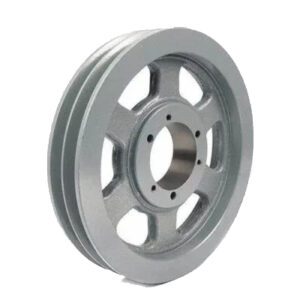
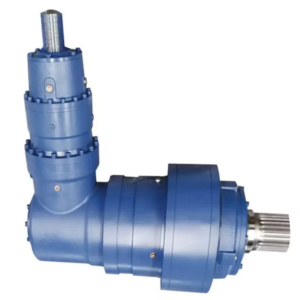
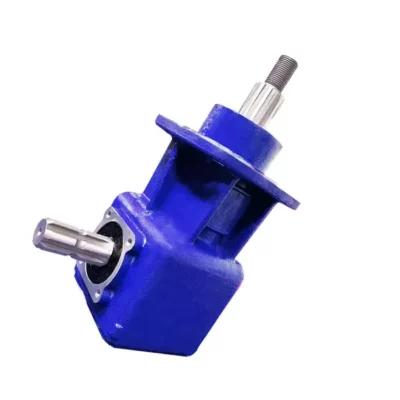
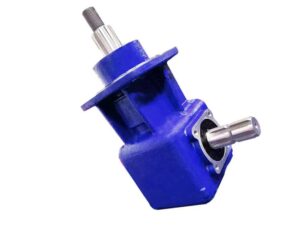
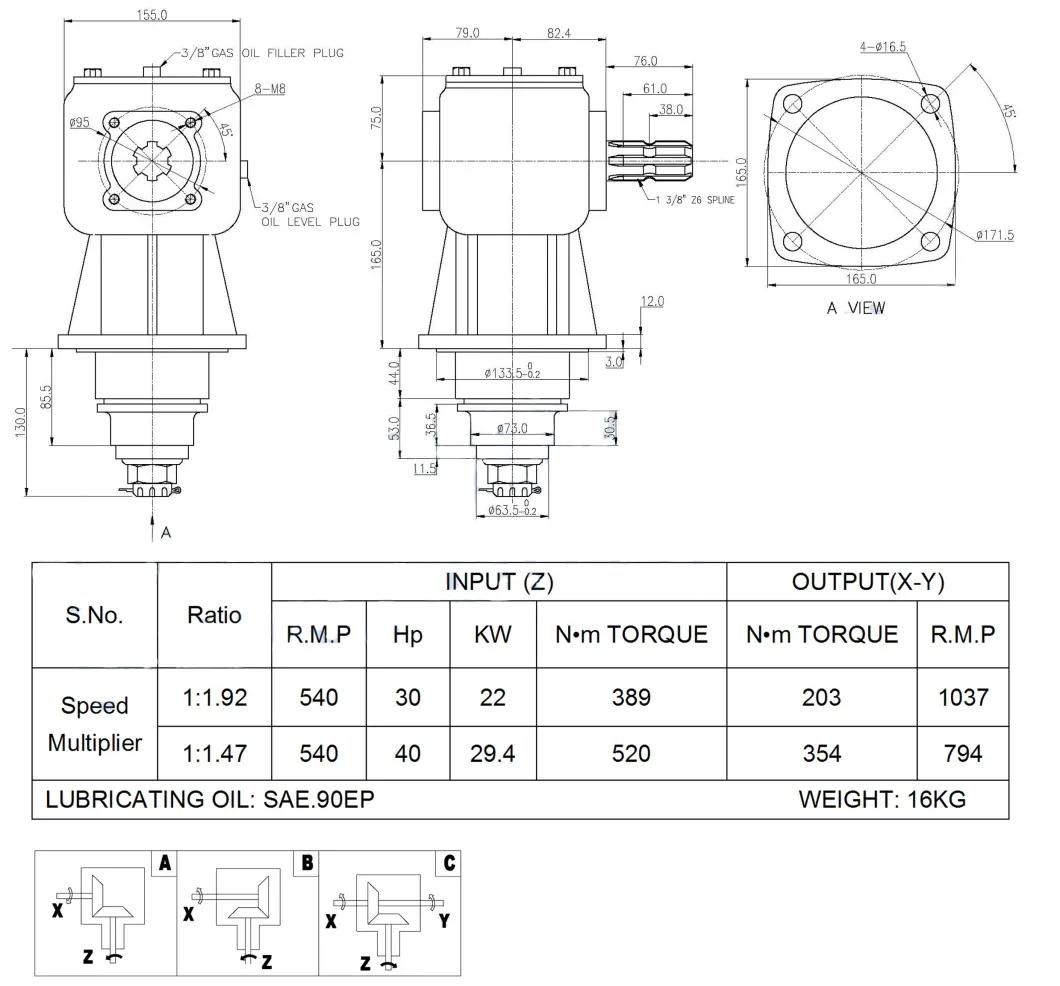
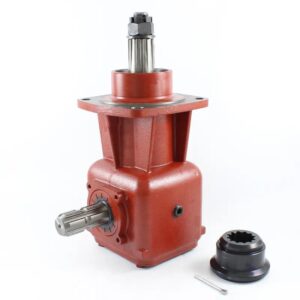
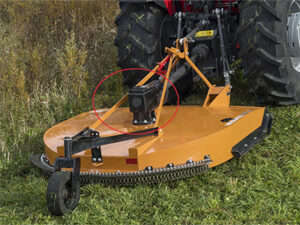
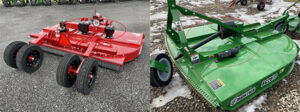
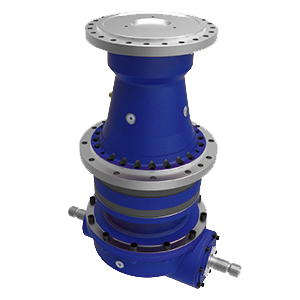
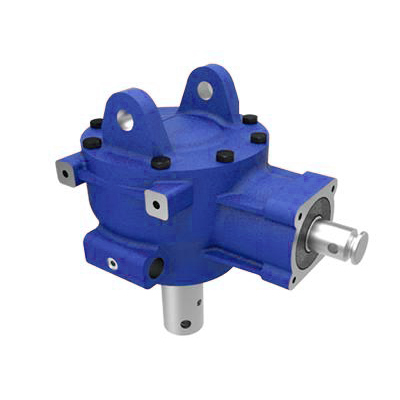
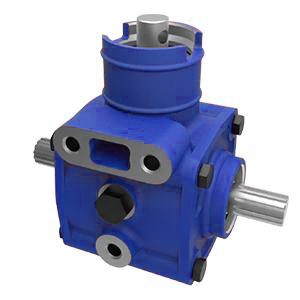
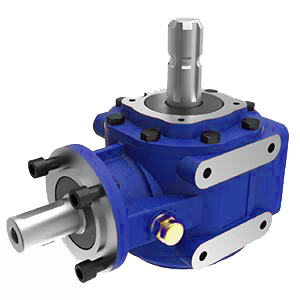
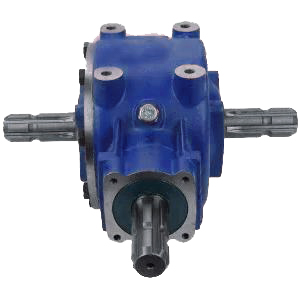
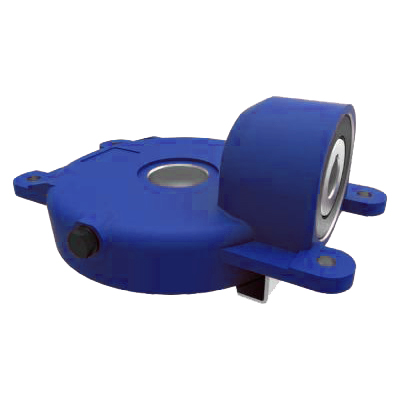
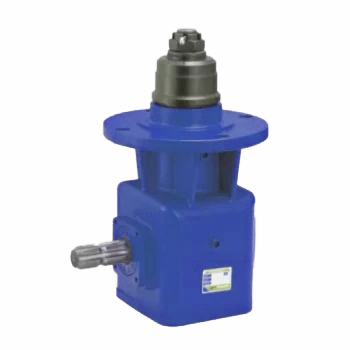
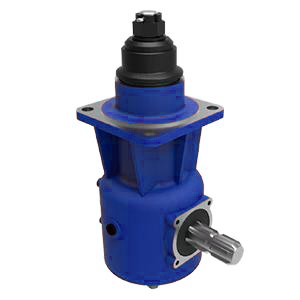
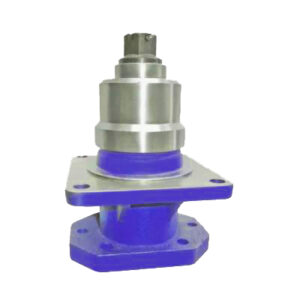
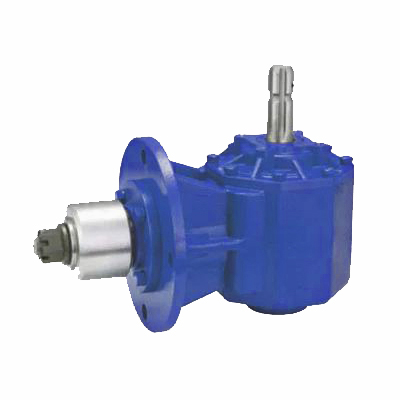
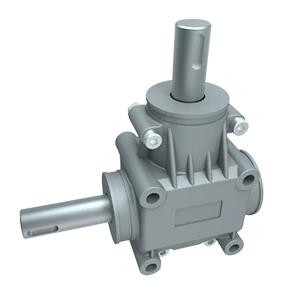
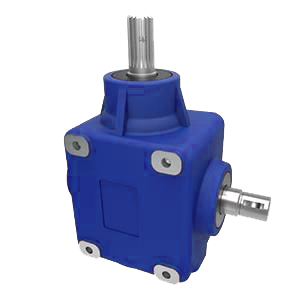
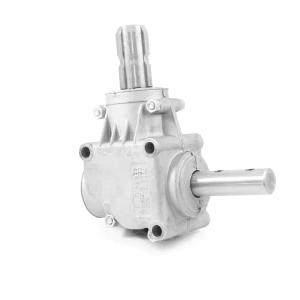
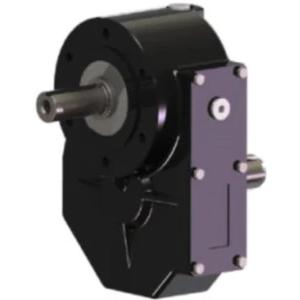
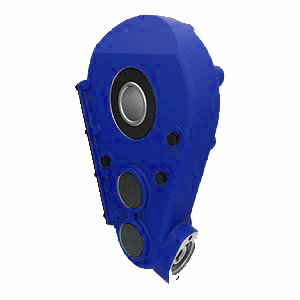
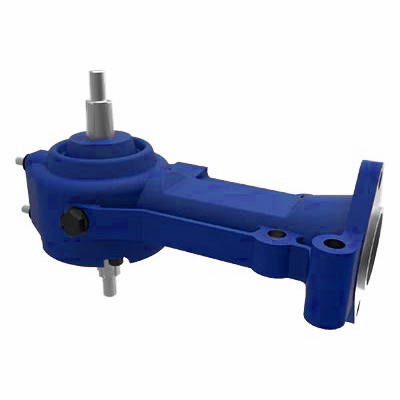
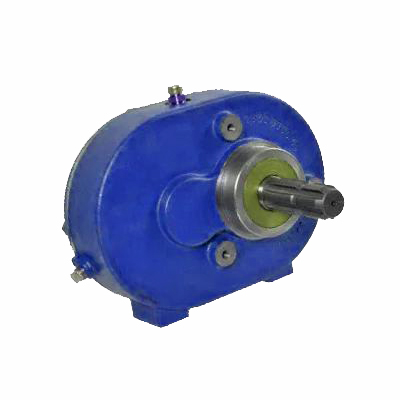
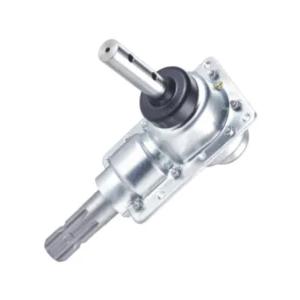
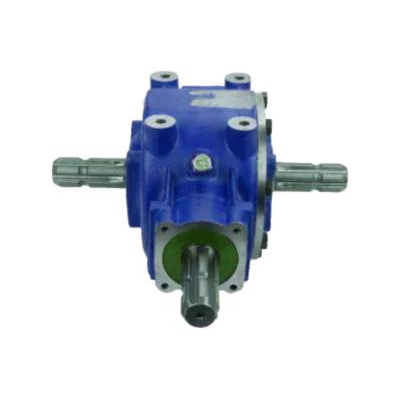
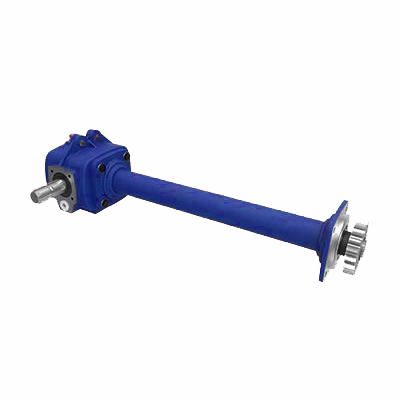
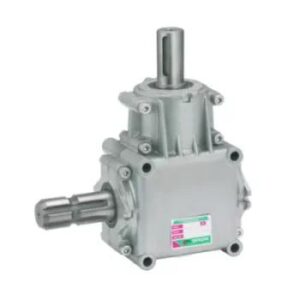
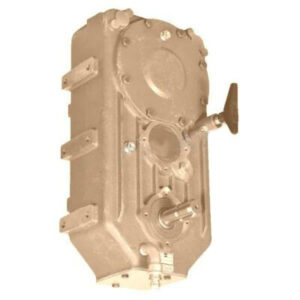
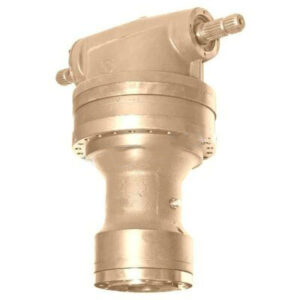
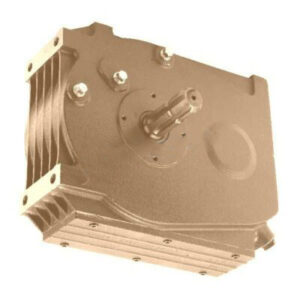
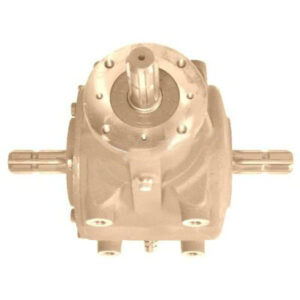
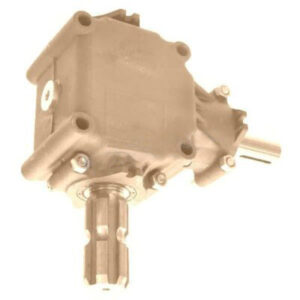
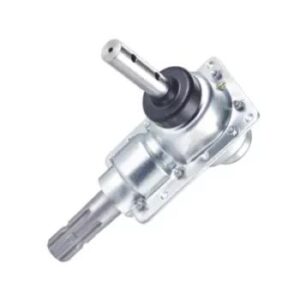
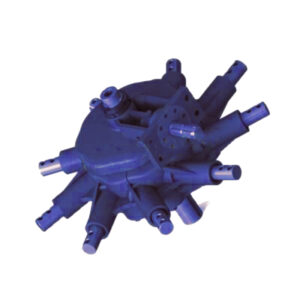
Reviews
There are no reviews yet.